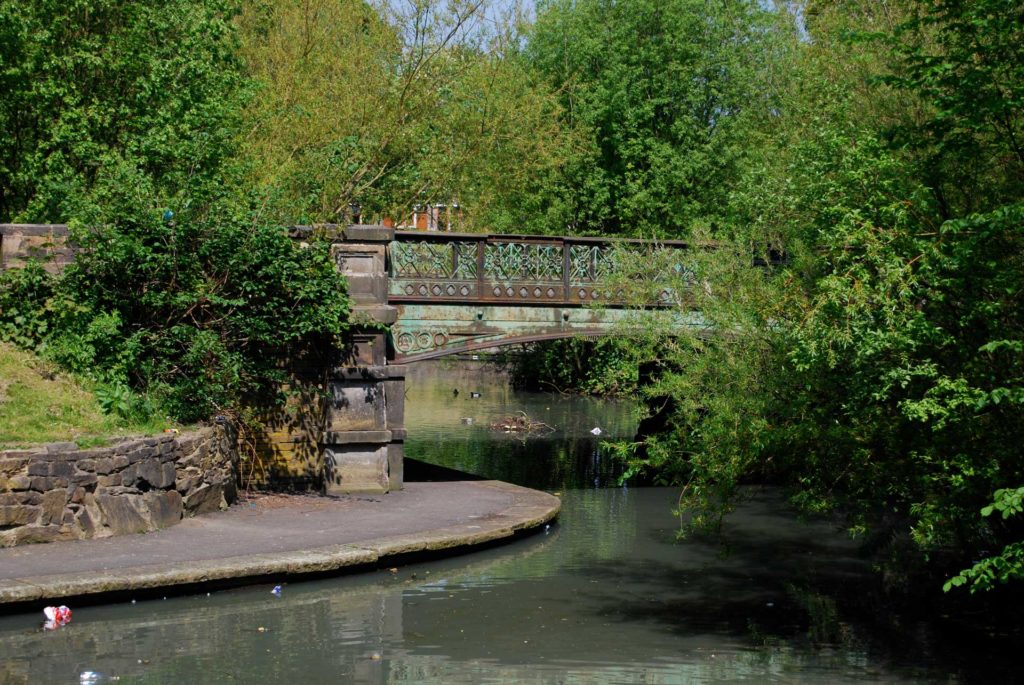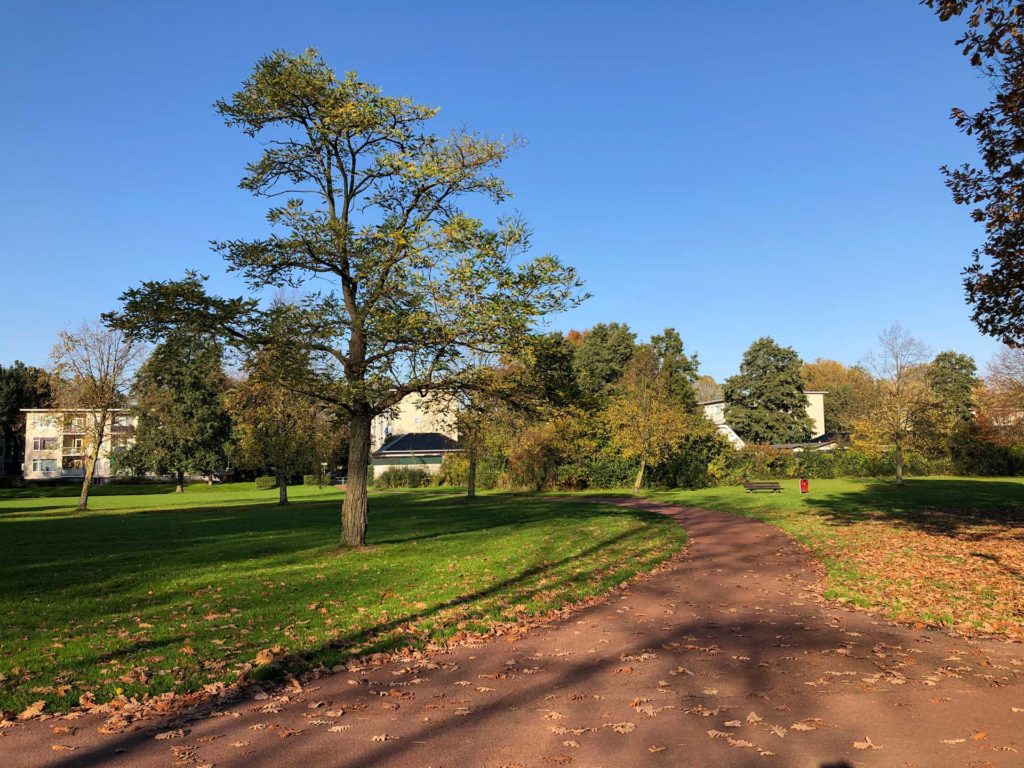About the study sites
Adaptation to the impacts of climate change, like increased risks of intense rainfall, flooding, heat stress or decreasing air quality, is hard to implement in the older, densely-populated neighbourhoods of cities. The infrastructure design does not allow for easy, affordable solutions. Also, most solutions have an impact on the facilities citizens are used to. In practice, there is opposition against these measures, as citizens lack awareness of the urgency to act on climate change, and feel overruled and left out of planning decisions. Therefore, a key challenge is how to implement measures for climate adaptation at affordable costs and with the support of all stakeholders, especially citizens living in these older neighbourhoods. Dordrecht is located on an island in the Rhine-Meuse Delta in the Netherlands. Because most parts of the city are below sea level and the city is surrounded by rivers, Dordrecht is susceptible to flooding.
LIFE Critical aims to
- embrace the potential of neighbourhood city parks to embed climate change adaptation measures
- improve the quality of parks to improve citizens quality of life
- encourage citizens participation to give an impetus to the realisation of adaptation measures, by raising awareness and gaining social acceptance for necessary adaptation measures, and stimulating participation in the maintenance, operation and monitoring of adaptation measures
- prove the viability of the measures by a comprehensive monitoring programme, based on state-of-the-art monitoring techniques
The project includes the demonstration of citizen-driven implementation of climate measures in urban parks at two locations: full implementation in the Wielwijk park in Dordrecht (the Netherlands) and replication action in Horton Park in Bradford (United Kingdom).
Furthermore, to show transferability of the approach, draft implementation plans will be developed with two other cities: Ghent (Belgium) and Bergen (Norway). LIFE CRITICAL incorporates a Blue-Green Infrastructure (BGI) and ecoservices-based redesign and reconstruction of the urban parks. The impacts of the adaptation measures will be monitored and data used to evaluate and validate the demonstration cases. This will lead to the development of a blueprint for transferability and replicability of the approach.
Expected results
- Citizen awareness report: assessment of the change in citizens’ awareness on climate change adaptation in the cities of Dordrecht and Bradford as a result of the project’s implementation
- 18 300 m additional urban green area
- 11 500 m additional water storage
- 7 600 m permeable pavement
- Removal of 30 000 m grey pavement
These implemented climate adaptation measures are expected to contribute to climate and social resilience in the city by creating:
- a 20% decrease in flooding risk at the demonstration locations
- a 0.5 C drop in temperature at the demonstration locations and reduction of heat stress
- improved social safety and child safety
- improved attractiveness of urban parks and neighbourhoods
- >10% better usage and accessibility of the urban parks
- higher biodiversity (both for the flora and fauna)
- >10% improvement of passageway urban traffic
- traffic mitigation
With these expected results, the project will address many European policies, including the EU strategy on adaptation to climate change, the Water Framework Directive, the Flood Directive, the EU Biodiversity Strategy, and EU social and economic cohesion policies.


